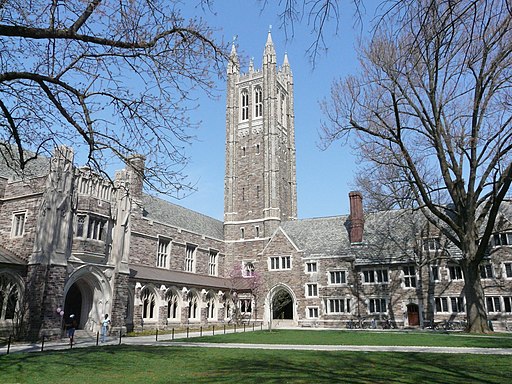Today we’d like to call your attention to Open Syllabus Explorer, a database compilation and searchable visualization of readings assigned in 6,059,459 syllabi drawn from leading college and universities around the world.
This dataset is the perfect starting point in seeding the libraries of our University of the Future. I say libraries, because the real value of any collection lies in its ready accessibility. On far too many campuses, key volumes are buried in one or two monumental repository structures that are on the opposite side of the campus (or on a different campus entirely) from where researchers are actually working. This makes it decidedly less likely that they will be consulted with an optimal frequency.
Instead, it strikes us as more sensible to cluster “working collection” titles in quasi-departmental libraries co-located with time shared office, study, and seminar space. Titles with high relevance to more than one of these sub-libraries ought to be duplicated in each cluster.
We can then take low access titles and organize them in “shelf blocks” within a low use research collection in one or two main library/archive buildings. As topics become “hot” these shelving units can be “hot swapped” into the “working collection”.
For example, our Working Design Collection would have a core set of titles used globally for survey courses in architecture and interior design at leading universities, while the main library’s Research Design Collection might hold several shelves of obscure titles on classroom, lab, and lecture hall layout and fixtures. However, if a graduate seminar was addressing this topic, those shelving units would be transferred to the departmental library for ready access while dynamic signage in the main library would redirect other researchers to their temporary location. These local mini working libraries could be staffed by expert subject matter librarians and/or students in their respective fields to provide more nuanced reference assistance than what one might find in a general main library.
This division would reduce foot traffic in the archival stacks making it easier to re-architect those spaces as general quiet reading areas where one might lounge and read when not seeking new materials. While the working collections could be structured as more social and collaborative spaces.
